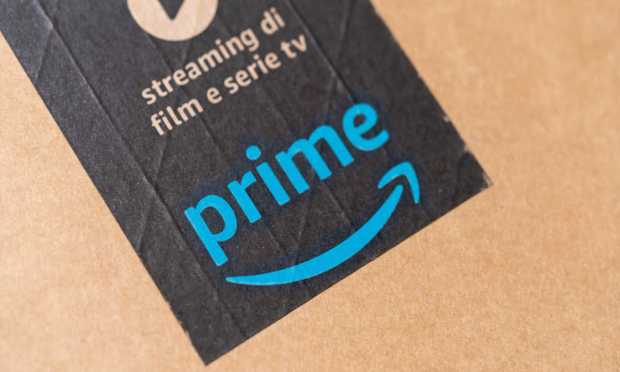Amazon to Raise Prime Subscription Price in Europe to Offset Inflation

In a bid to offset the increased cost of goods and shipping services, Amazon said it plans to raise the annual fee for a Prime membership by 20% to 43% in five European countries.
In an email to PYMNTS on Tuesday (July 26), a spokesperson for the eCommerce giant said the regional price hikes are set to hit new and existing subscribers Sept. 15 in the U.K., Germany, France, Italy and Spain, noting that users who don’t pay for the full year at once will see their monthly rate go up by about 1 pound in the U.K. and 1 euro in the other locations.
“There are a number of factors that impact the price of Prime,” the Amazon statement read, noting the impact that inflation is having on both general and material cost increases, including external factors, such as the cost of goods, as well as the increased cost of shipping.
The Cost of Convenience
In defending the European fee hikes, which follow a similar action taken in the U.S. in February, Amazon said the service still offered “a great value for members” and pointed to the combination of convenience, competitive pricing and inventory selection, as well as the growing portfolio of entertainment benefits.
“We continue to make Prime faster, offering more selection for fast Prime delivery and are expanding our delivery capabilities,” the company’s statement said.
Officially, Amazon’s spokesperson said, French consumers will see the largest increase, a 43% hike from 5.99 euros to 6.99 euros monthly or 49.00 euros to 69.90 euros annually, followed by 38% increases in Italy and Spain, 30% in Germany and 20% in the United Kingdom.
In each case, the post-increase Prime fees will still be lower than the current $139 annual charge that consumers in the U.S. now pay. As far as how many consumers will be affected, the company said it does not disclose regional and country-specific subscriber numbers.
Shrug It Off
To be sure, inflation is wreaking havoc on retailers of all sizes, as well as their customers, as evidenced most recently by Walmart’s reduced profit outlook on Monday in which the largest operator of physical stores told investors that the high cost of food was causing consumers to spend less on other things, and in turn, was causing the company to be even more aggressive in its discounting.
That update, along with an existing climate in which brands such as Target have been aggressively cutting prices to offset higher costs and reduce inventories, has set the stage for Amazon, as it prepares to announce its second quarter earnings results Thursday (July 28) after the close of trading in which inflation and consumer buying behavior are certain to take center stage.
While the impact from the impending round of European Prime price increases will not be reflected in Amazon’s results for several months still, some analysts have downplayed the change as unsurprising and something that will likely see consumers grumble but “shrug it off” since most enjoy the value and benefits that the subscription offers.
In addition to the price increases, Amazon is also retooling other aspects of its retail business in the face of global inflation and supply chain challenges, including recent investments to expand its fleet of electric delivery vans at a time of record gasoline prices, as well as initiatives to help the millions of sellers that use its platform, including a new wallet feature.
At the same time, the Seattle-based eCommerce company is also looking to diversify its business via increased exposure to growing but defensive categories such as healthcare, as evidenced by its $4 billion acquisition of One Medical last week.
For all PYMNTS retail coverage, subscribe to the daily Retail Newsletter.